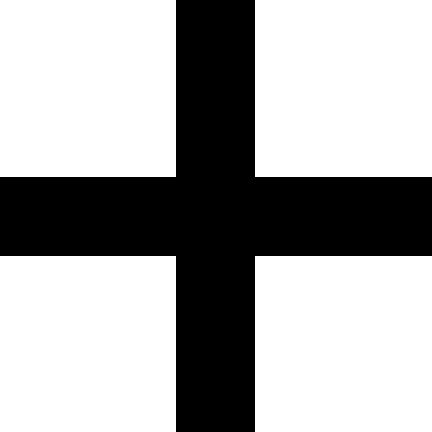

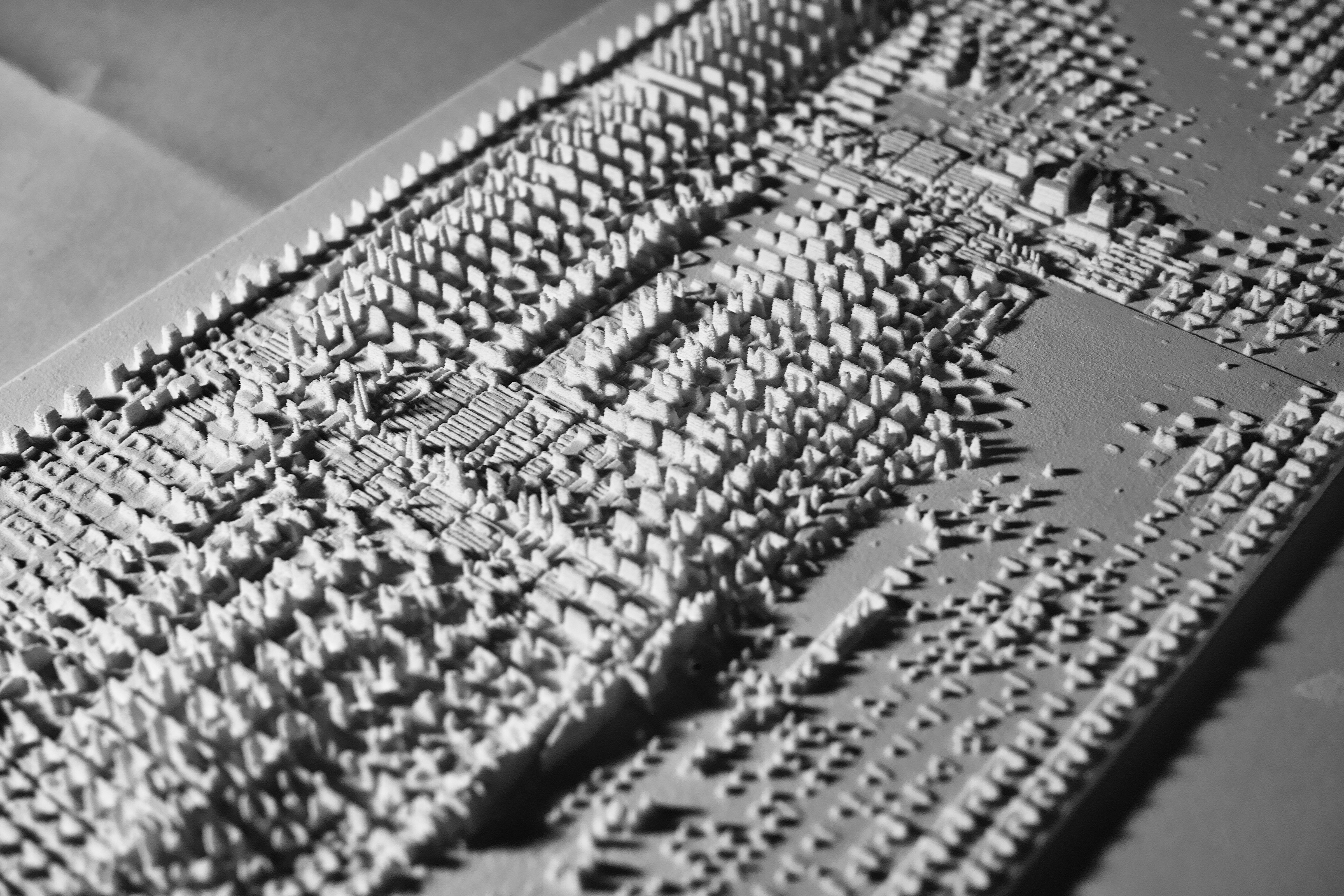
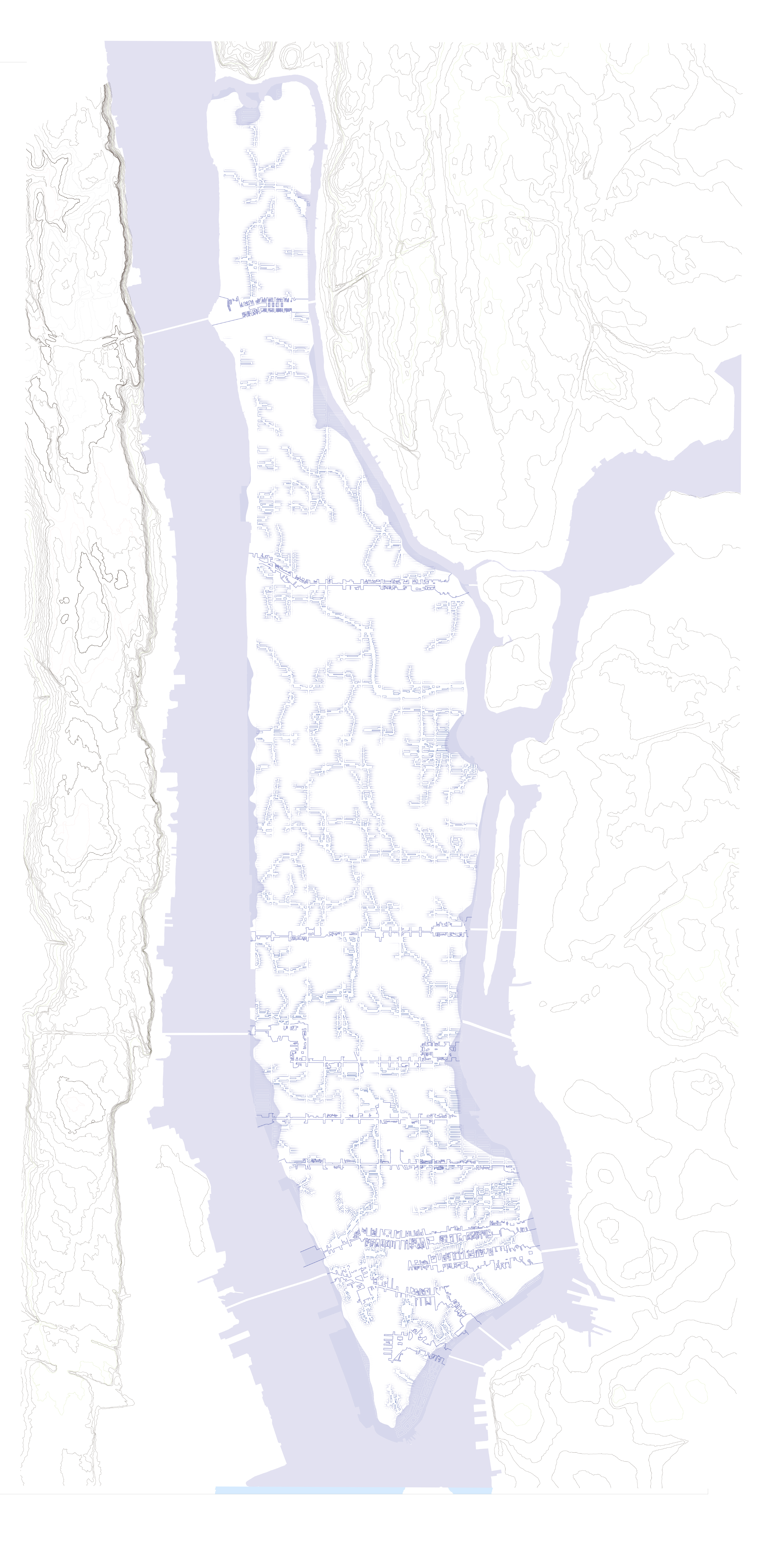

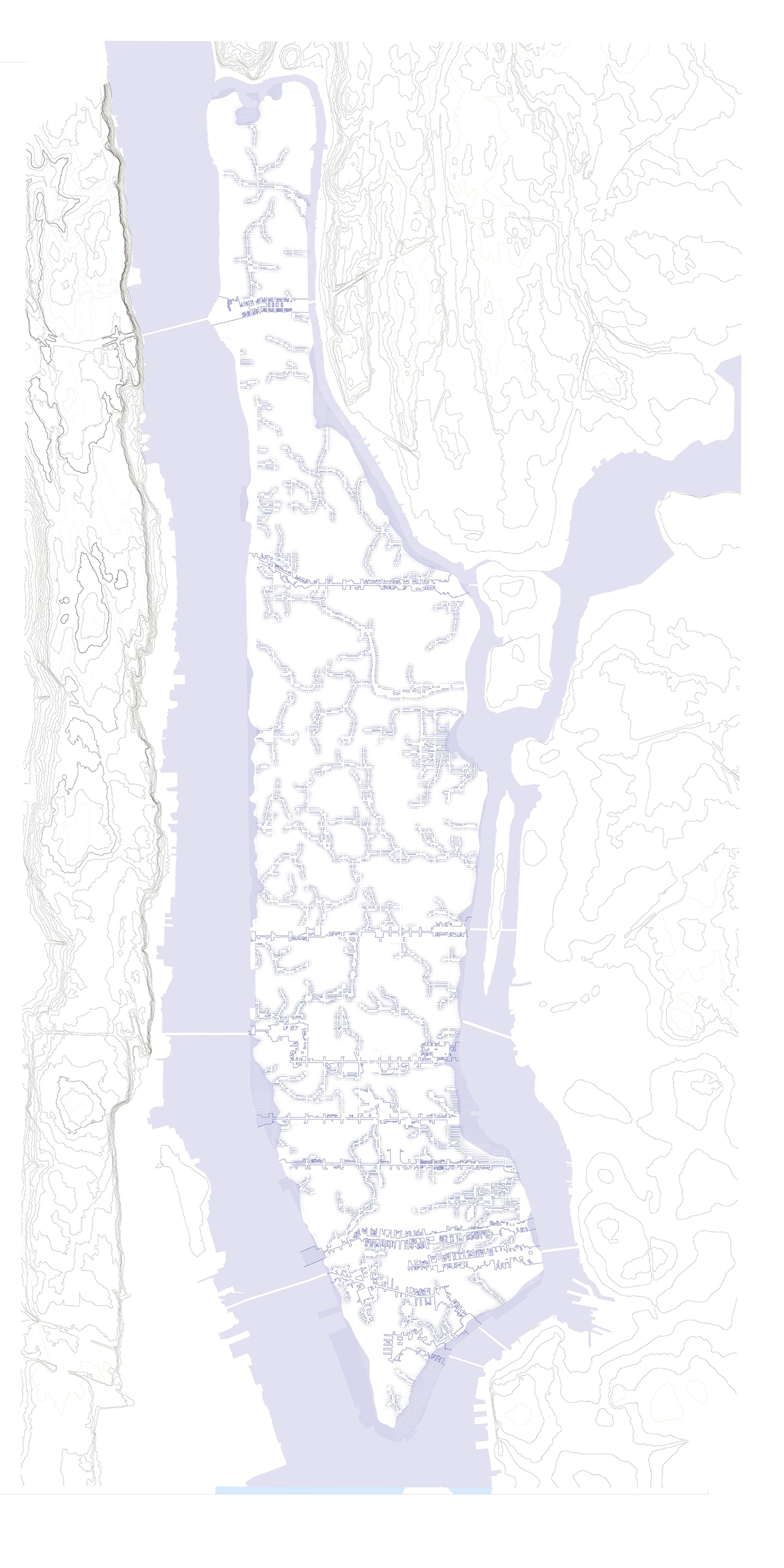
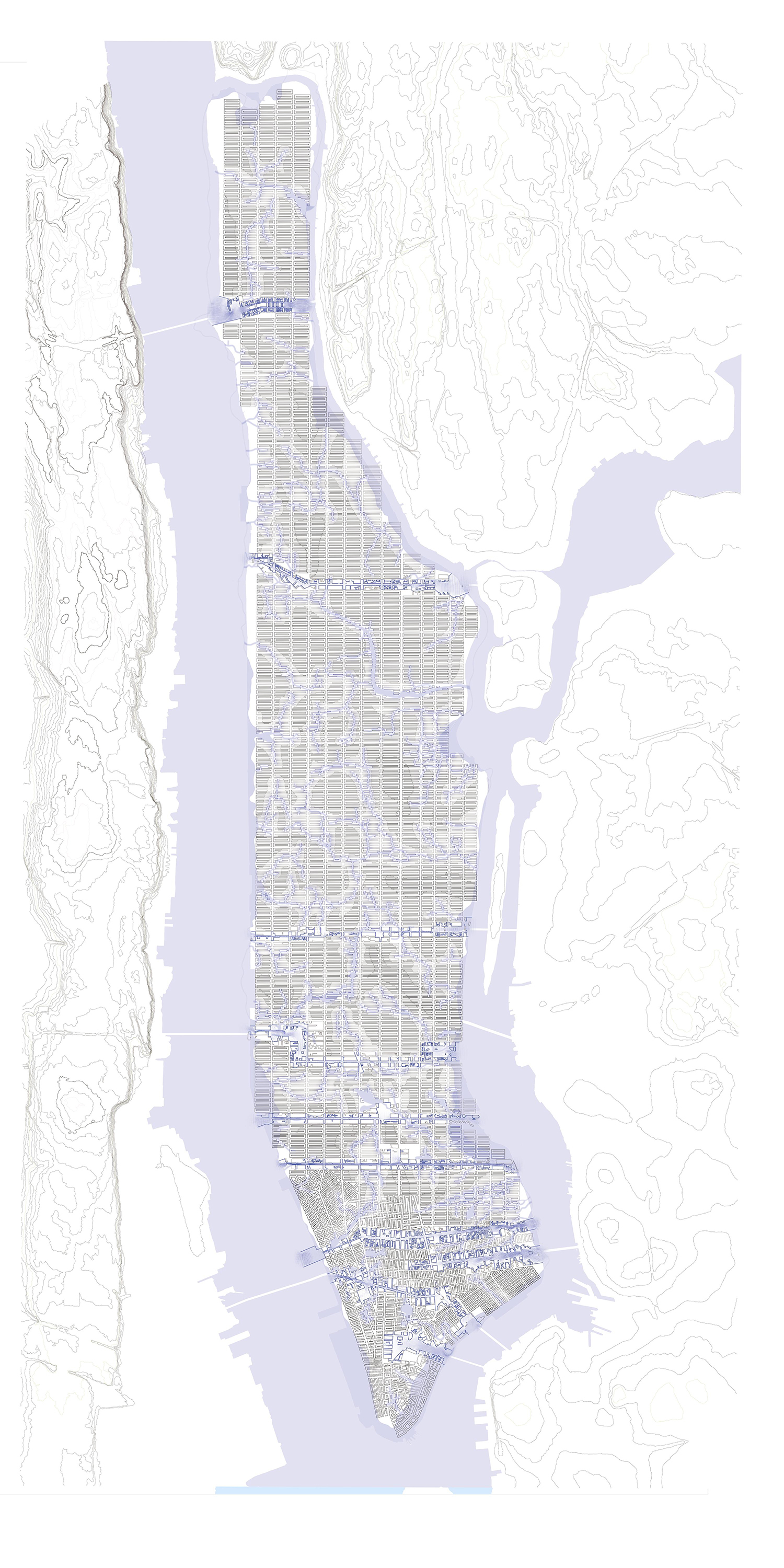



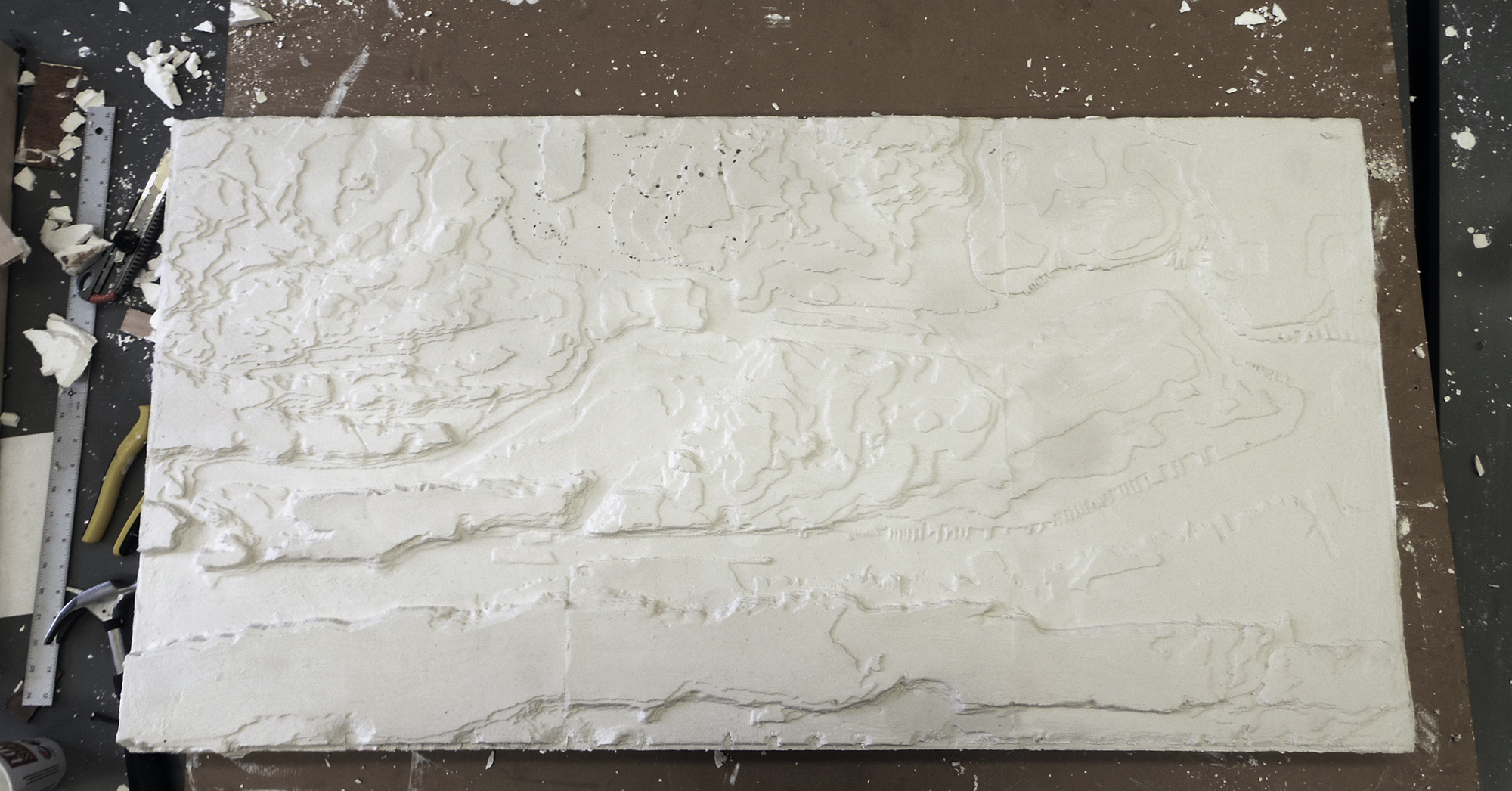


TOPOLOGICAL NEW YORK
Part III : Re-coding the City-Environment
The city is the result of several relationships and tensions between its organizational principle, which in the case of New York City is the grid. The zoning code and its exceptions, social interaction, the economic fluctuations of the real estate market and its speculative manipulation, among other parameters continuously tension the organization and form of the city. As a result of this tension, the city continuously produces typological prototypical conditions as solutions to the varying levels of fluctuations of these parameters.
Manhattan’s grid produces a homogeneous structuring of the territory of the city. However, both Canal Street and Houston Street are configured differently; they introduce, among other public spaces, irregular streetscapes. Tribeca evidences the triangulation produced by the collision of different grid negotiations resolved in irregular blocks. Additionally, infrastructures such as the Holland Tunnel produce voided public spaces that also interrupt the grid. This reading of irregular transformations of the city grid led to a recoding and transformation of the regular homogeneous city block, creating a range of differentiated typological ruptures in the grid system.
Part I ︎
Part II ︎
